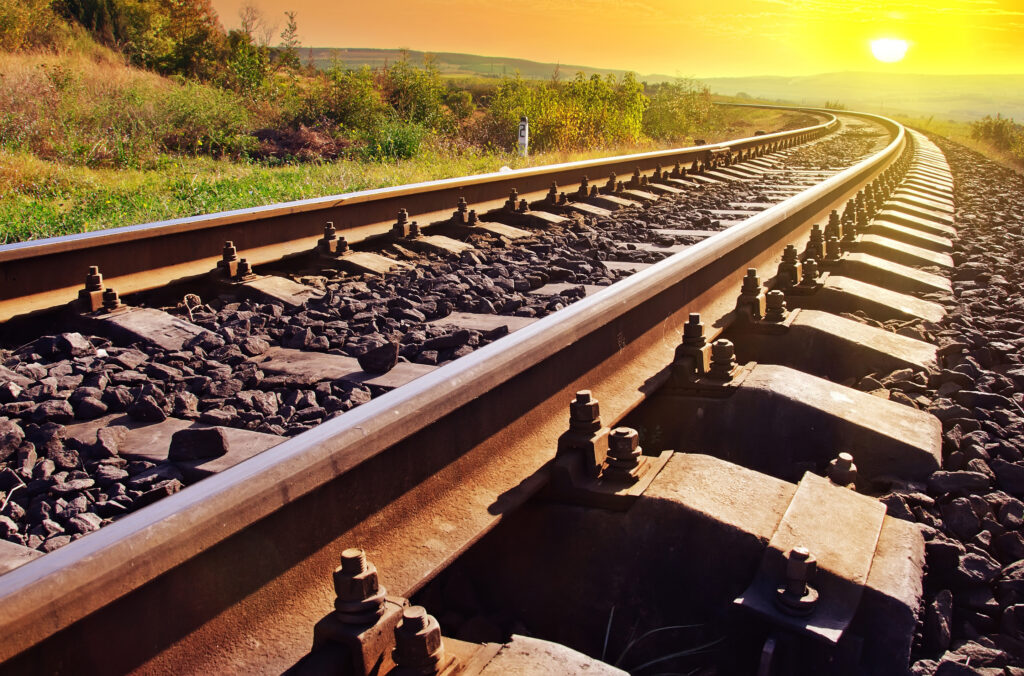|
At Winters Bros., we pride ourselves on our environmental stewardship. Our role in preserving Long Island’s environment is unmatched thanks to our dedication of properly managing society’s waste. As a company, we continuously invest in the development of infrastructure to manage our region’s increasing flow of materials as well as improve our recycling capacity and efficiency.
Long Island is densely populated and the 2.8 million people who live here generate about 13,500,000 pounds (6,750 tons) of waste every single day. That waste must be properly managed. Most of the waste produced on Long Island is hauled via truck to distant landfills in Pennsylvania, Ohio, Virginia, and upstate New York. Trucking waste off of Long Island has been a consistent means of managing waste since the 1980’s. But that needs to change. While a single tractor-trailer can haul 20 tons of waste, one rail car can carry 100 tons. For each one rail car, we can take 5 trucks off of the road.
Here are the facts:
-
About 2.4 million tons of waste is generated on Long Island each year.
-
It would require approximately 48,000 trucks each year to transport the waste off of Long Island. It would require only 9,600 railcars to move the same material.
-
The average freight truck emits 161.8 grams of CO2 per ton mile while the average freight rail emission is only 22 grams of CO2 per ton mile.
-
If all waste is moved by rail, the emission savings would equate to an 86 percent reduction of greenhouse gases.
On average, trains are three-to-four times more fuel efficient than trucks making them the most environmentally friendly solution to the collective waste issue on Long Island. Railroads also reduce highway truck traffic on the Long Island Expressway and greenhouse gas emissions.
Through the use of greener technologies and more efficient operating practices, Long Island’s freight railroads are committed to even greater environmental excellence in the years ahead.
Freight railroads are the environmentally friendly way to move freight:
-
In 2018, U.S. freight railroads moved one ton of freight an average of 473 miles per gallon of fuel—this is an increase from 235 miles in 1980, 332 miles in 1990, and 396 in 2000.
-
On average, railroads are three-to-four times more fuel efficient than trucks.
-
The amount of greenhouse gas emissions are proportionate to fuel consumption. Moving freight by rail instead of truck lowers greenhouse gas emissions by up to 75 percent on average.
-
Freight railroads accounted for just 0.6 percent of total U.S. greenhouse gas emissions in 2017 and 2.0 percent of transportation-related greenhouse gas emissions.
-
If just 10 percent of the freight that moves by Class 7 or Class 8 (the largest) trucks shifted to transportation by rail, fuel savings would increase to more than 1.5 billion gallons per year and yearly greenhouse gas emissions would decrease by over 17 million tons—equivalent to removing approximately 3.2 million cars from the highways for a year or planting 400 million trees.
|


